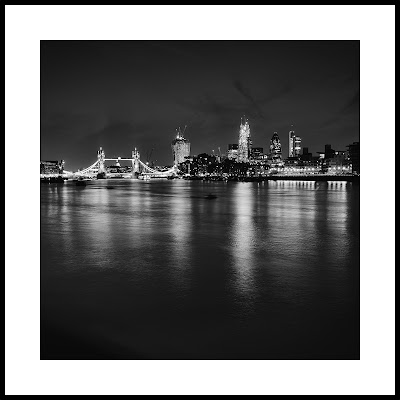 |
Whitby harbour colour
|
The great thing about the coastal towns is that there is so much to see. Take those on the North Yorkshire coast for example and one can see beautiful expansive beaches, small coves, cliffs, villages and towns, harbours, boats, birds, seals, other marine life, rock pools and the list goes on.
As a photographer there is a never ending range of subject matter. I personally choose to display my vision through monochrome images, but as you can see from this blog still keep many colour images. This image was taken at the height of the day and reflects the blue sky and the bright colours of one of the larger boast in Whitby harbour.























